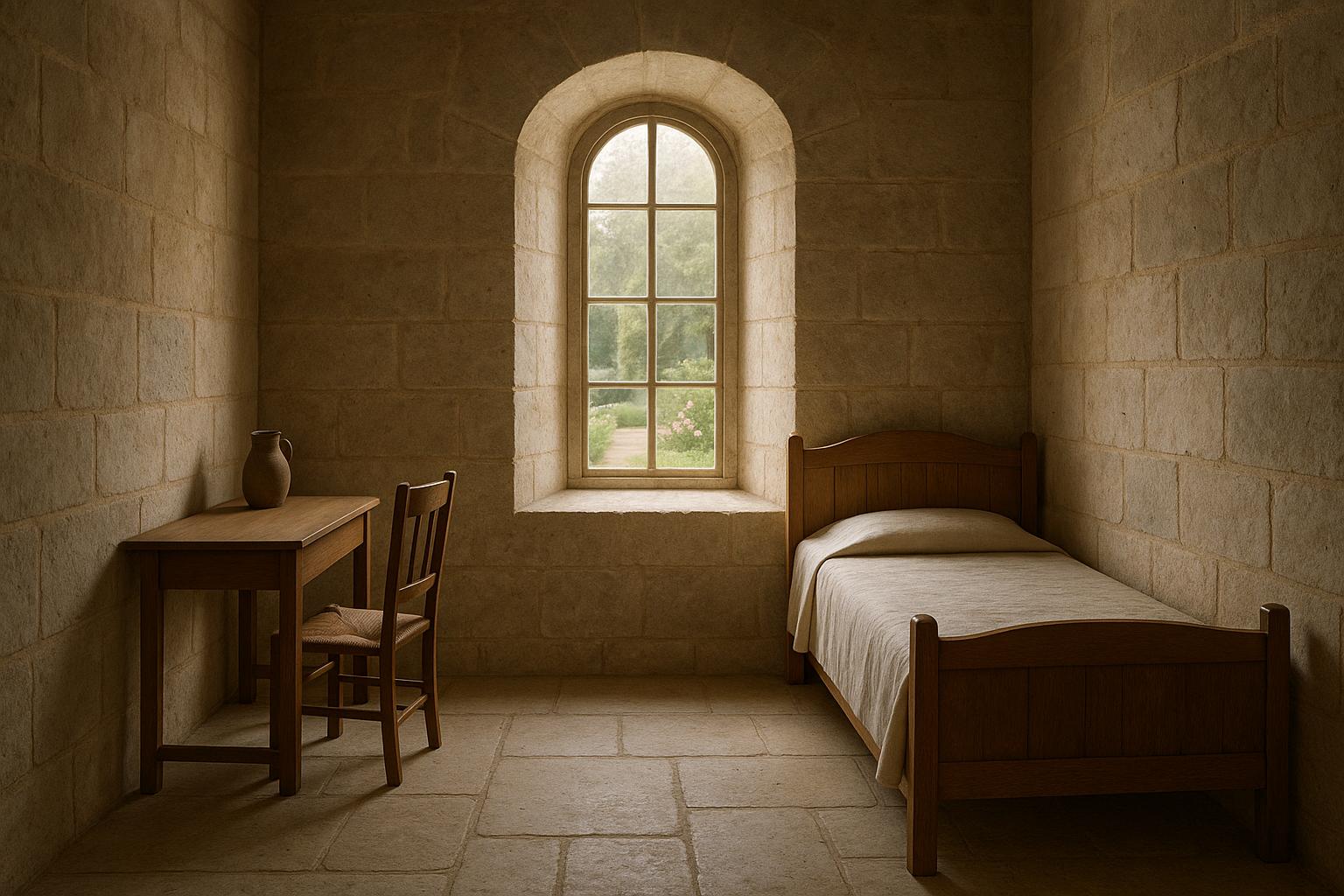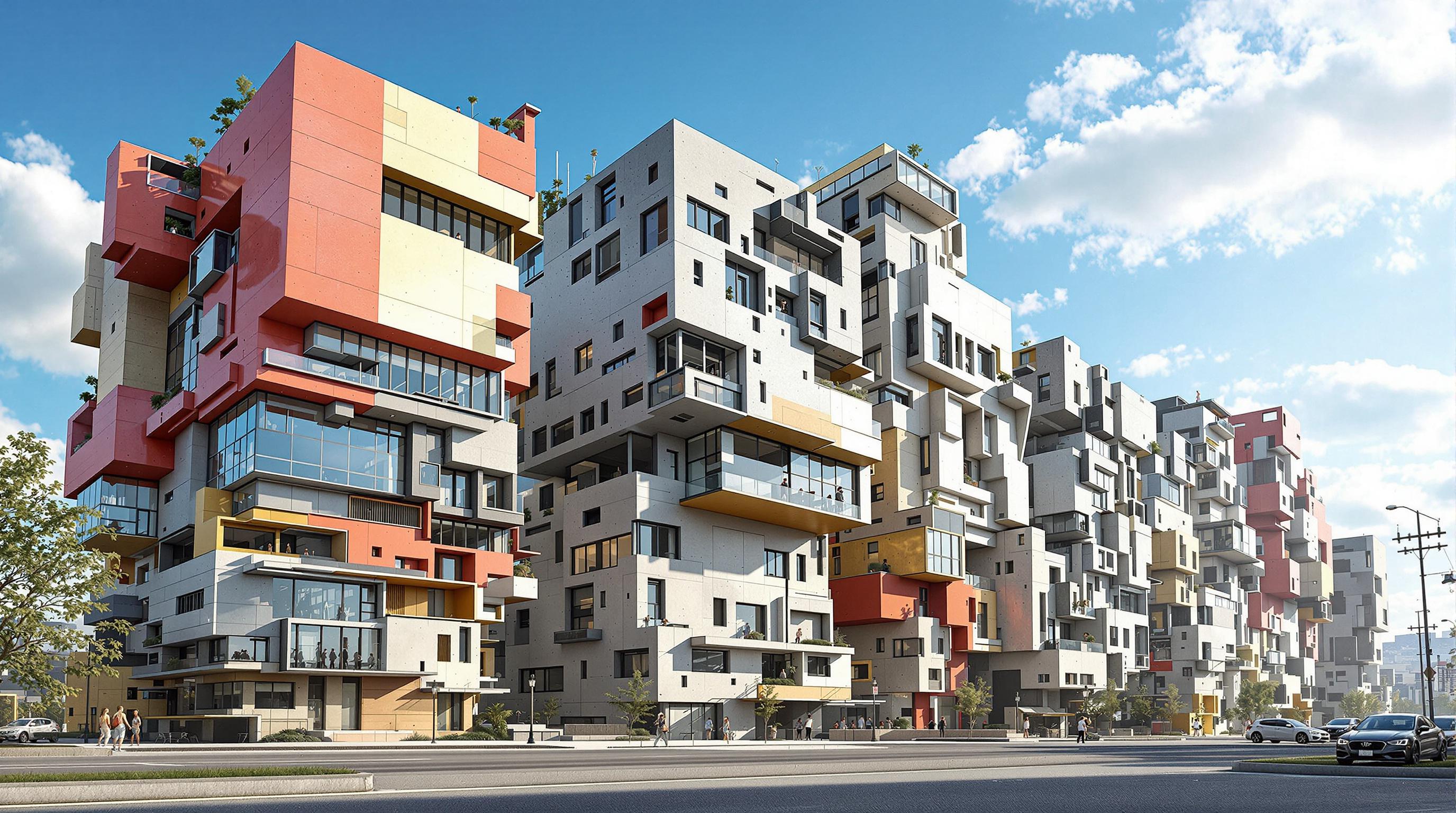The Bauhaus School of Art and Design is more than just a historic institution - it is a movement that revolutionized modern art, architecture, and design as we know it today. Emerging in Germany during the tumultuous years between World War I and World War II, the Bauhaus planted the seeds of modernity, embracing mass production, technological innovation, and the fusion of fine art with functional design. Its influence continues to ripple through every facet of contemporary design, from industrial products to architecture and even graphic design.
This article delves into the history, methodology, and ideas of the Bauhaus while exploring its enduring relevance in today’s creative disciplines. Whether you're an architect, designer, student, or simply an enthusiast, the Bauhaus offers a lens through which the world of modern design can be understood and appreciated.
A Brief History of the Bauhaus Movement
The Bauhaus was born in 1919 in the German city of Weimar, under the leadership of architect Walter Gropius. It was conceptualized as a radical departure from the traditional art academy, discarding classical approaches to fine arts like drawing, painting, and sculpture. Instead, the Bauhaus embraced industrial materials, functional design, and an interdisciplinary curriculum.
Over its 14-year existence, the school moved through multiple cities - Weimar, Dessau, and Berlin - before being shut down by the Nazis in 1933. Despite its dissolution, the principles of the Bauhaus spread far and wide as many of its key figures, including Gropius, Ludwig Mies van der Rohe, and Marcel Breuer, emigrated to the United States. These pioneers carried Bauhaus philosophies to institutions like Harvard, Yale, and the Illinois Institute of Technology, leaving an indelible mark on education and modern design.
Fusing Art and Technology: The Bauhaus Design Process
At its core, the Bauhaus championed the idea that art and design should serve society through functionality and simplicity. Design, according to the Bauhaus, was not merely an aesthetic endeavor but a scientific discipline governed by universal principles of geometry and perception.
The school’s curriculum emphasized a foundational course where students explored materials, color theory, and geometric form. Luminaries like Johannes Itten, Paul Klee, and Wassily Kandinsky pioneered this approach, encouraging students to experiment and unlock creativity through play and abstraction.
Key Principles of Bauhaus Design
-
Functionalism over Ornamentation
The Bauhaus embraced the mantra "form follows function", where the design of an object was driven by its intended purpose rather than decorative embellishments. This philosophy became the cornerstone of modern architecture and industrial design. -
Truth to Materials
Bauhaus designers celebrated the inherent qualities of materials like steel, glass, and concrete. Instead of concealing these materials, they highlighted their natural properties, laying the foundation for modern minimalist aesthetics. -
Mass Production and Accessibility
Gropius envisioned a world where affordable, well-designed products could be mass-produced to improve everyday life. From furniture to typography, the Bauhaus sought to democratize design through standardization and innovation. -
Interdisciplinary Approach
The Bauhaus blurred the boundaries between art, craft, and industrial design. Architects, graphic designers, textile artists, and fine artists collaborated under one roof, sharing techniques and ideas.
Psychology Meets Design: The Influence of Gestalt Theory
The Bauhaus’ design philosophy was rooted in science, particularly Gestalt psychology, which studies how humans perceive visual elements as cohesive patterns rather than isolated parts. This theory informed much of the school’s art and design approach, emphasizing perception as a structured and universal process.
Key Gestalt Principles in Bauhaus Design
- Shape Identity: Simple geometric shapes, such as circles and squares, are easier to recognize and remember.
- Similarity and Proximity: Repeated elements and close groupings create visual unity.
- Closure and Figure-Ground Relationships: The human brain naturally completes incomplete forms and distinguishes between solid figures and background spaces.
These principles became essential tools in graphic design, architecture, and even industrial design, helping creators organize visual information effectively.
Childlike Creativity: The Kindergarten Influence on Bauhaus
A lesser-known aspect of the Bauhaus was its incorporation of the "child as artist" philosophy. Drawing inspiration from Friedrich Fröbel’s kindergarten movement, Bauhaus educators believed that creativity could be nurtured through structured play. They used geometric blocks and abstract exercises to stimulate imagination and teach spatial reasoning.
This playful yet methodical approach resonated deeply with future generations of architects and designers, including Frank Lloyd Wright, who credited Fröbel’s blocks with shaping his understanding of geometry and space.
The Global Legacy of Bauhaus in Modern Design
Though the Bauhaus itself was short-lived, its principles laid the groundwork for numerous creative disciplines we recognize today.
-
Industrial Design
The Bauhaus brought design theory to industrial products, from furniture to packaging. The minimalist simplicity of Apple products, for instance, owes much to Bauhaus aesthetics, with their emphasis on clean lines, functionality, and user experience. -
Graphic Design and Typography
Bauhaus typefaces like Herbert Bayer’s universal alphabet and Paul Renner’s Futura became global standards for modern typography. The minimalist, sans-serif fonts continue to dominate digital and print media. -
Architecture
Bauhaus architects like Ludwig Mies van der Rohe revolutionized urban skylines with their use of steel-framed skyscrapers and glass curtain walls. Their designs, while functional, also conveyed power and modernity, shaping the corporate aesthetic of urban America. -
Contemporary Art and Media
Bauhaus ideas of abstraction, assemblage, and multimedia experimentation influenced movements like Constructivism, Minimalism, and even avant-garde filmmaking.
Critique and Transformation: Bauhaus in the Corporate Age
Ironically, what began as a critique of aristocratic and bourgeois culture was later appropriated by corporate America. Bauhaus-inspired design principles, such as simplicity and efficiency, became tools for branding and consumerism. For example, the Mobil Corporation adopted Bauhaus-inspired typography, while mid-century modern furniture became symbols of luxury rather than accessibility.
Key Takeaways
- Bauhaus revolutionized design by merging art, industry, and technology, leading to innovations in architecture, industrial design, and graphic arts.
- The "form follows function" principle, prioritizing utility over decoration, shaped modernist design.
- Gestalt psychology influenced Bauhaus methodology, teaching designers to understand visual perception and pattern recognition.
- Play as a creative tool emerged through Bauhaus’ adoption of kindergarten techniques, inspiring architects like Frank Lloyd Wright.
- Mass production and minimalism were central to the Bauhaus mission, resulting in timeless designs accessible to the masses.
- Bauhaus typography and grids remain essential to modern graphic design, from typefaces to digital interfaces.
- The movement became a global phenomenon, influencing architectural education, furniture, and even tech products like Apple devices.
- Critics question its corporate co-optation, noting how Bauhaus ideals evolved into symbols of power and consumerism.
Conclusion
The Bauhaus was more than a school - it was a visionary movement that reshaped how we design, build, and live. By deconstructing traditional notions of art and embracing the power of technology, it bridged the gap between creativity and functionality. Today, its influence is all around us, from the buildings we inhabit to the devices we use.
As the design world continues to evolve, the lessons of the Bauhaus remain as relevant as ever. By understanding its principles, we can better appreciate the art and architecture that shape our modern lives - and perhaps, create our own transformative designs that echo its timeless vision.
Source: "The Bauhaus Design Process" - Roberts Architecture, YouTube, Aug 13, 2025 - https://www.youtube.com/watch?v=0ryRpgLWgs0
Use: Embedded for reference. Brief quotes used for commentary/review.


